Spring Birding in Dalmatia 2026

About this trip
Embark on an unforgettable birding adventure with our 8-day birding trip in April 2025 in Croatia. Experience the bird migration, while exploring some of the most stunning and diverse natural habitats. Visit some of the most iconic places in Croatia, accompanied by experienced bird guide who will help you identify and observe a wide variety of bird species. Travel along the breath-taking Adriatic coast, where you can witness a variety of shorebirds, ducks and songbirds. Visit some of the best birding hotspots in the region, while we ensure your comfort with comfortable accommodations and transportation. We will provide you with all the necessary information on the bird species and their habitats, making your birding experience both educational and enjoyable.
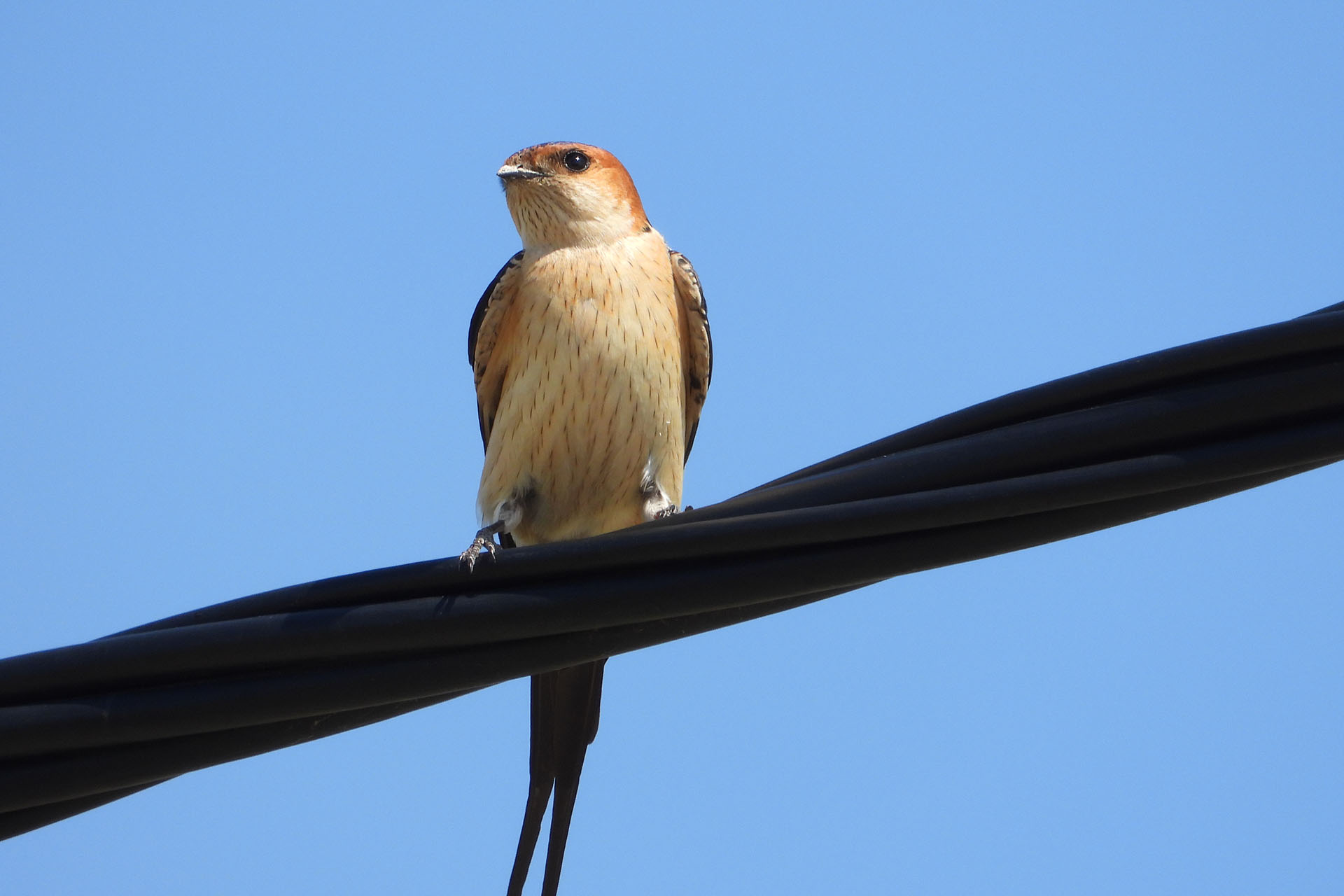
Overview
Day 1
On the first day of your itinerary, we provide pickups from three locations: Zagreb, Split, and Zadar. These cities serve as convenient pickup points for your journey. Whether you are starting your adventure in Zagreb, the bustling capital of Croatia, or choosing to begin in the scenic coastal cities of Split or Zadar, these locations offer its unique charm and attractions, ensuring a memorable start to your journey.
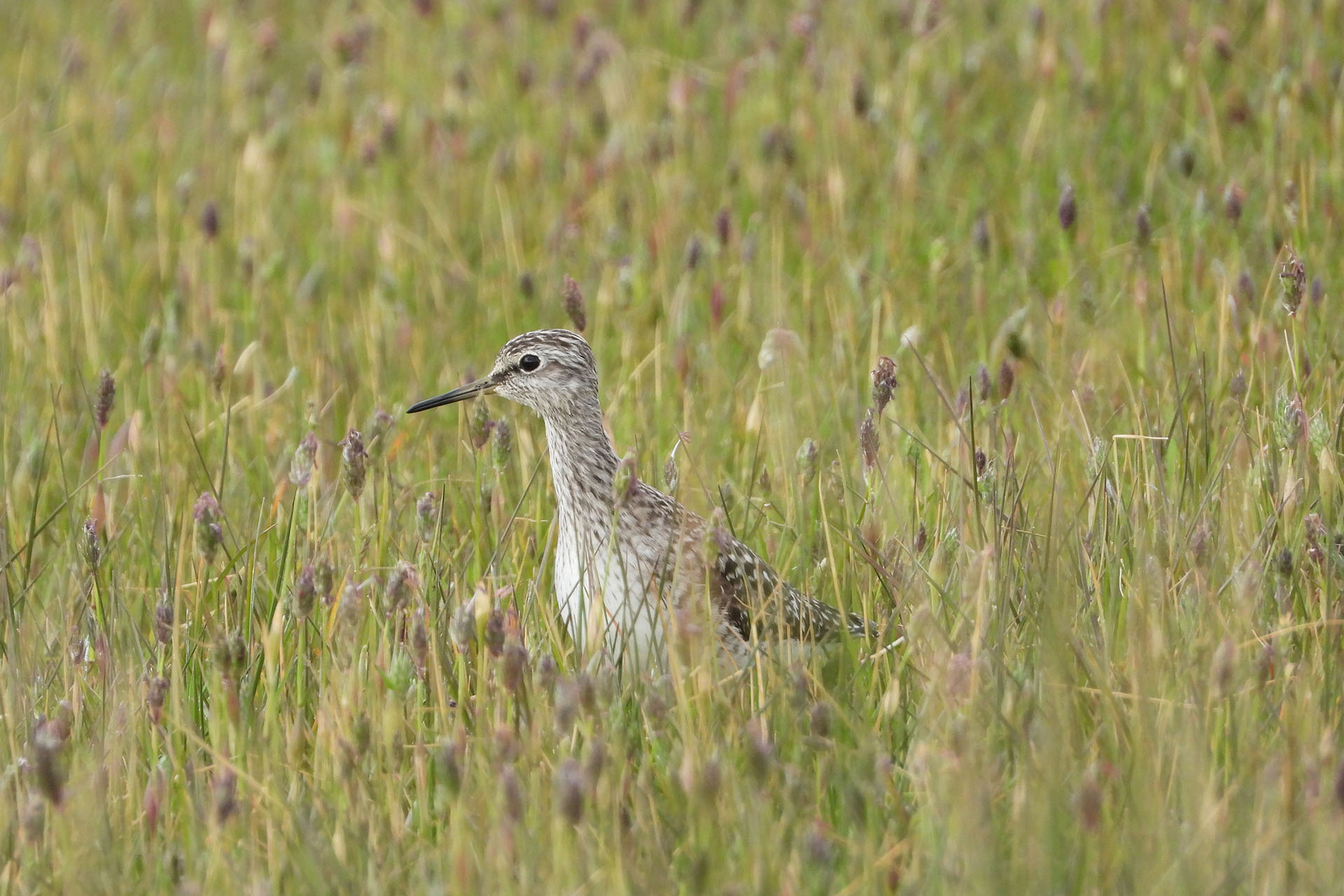
Day 2
Starting early morning, to avoid the crowds, we are heading towards Vransko lake Nature Park, on the boardwalk.
Vransko lake is the largest lake in Croatia, and one of the most important stopover sites for birds. The Park has a Constant Effort Site, bird ringing station right next to the boardwalk, working and ringing birds from August to November every year. During this time of year, the ringing station is not manned.
The boardwalk at Vransko lake at this time of year is a very active place. While what we could see depends on the water level, reeds are filled with singing songbirds, like Sedge and Cetti’s Warbler. Many tern species should be seen flying over the water, like White-winged and Black Tern, with many different species in the surrounding area. After walking the boardwalks, we will explore the surrounding fields and reeds, looking for Glossy Ibis, many different wader species, such as Ruff, Wood Sandpiper and Marsh Sandpiper. We will also visit two observation point, from which we can see the entire Park, and possibly see some raptors, like Short-toed Snake-eagle and Eurasian Sparrowhawk, as well as the beautiful Croatian coastline.
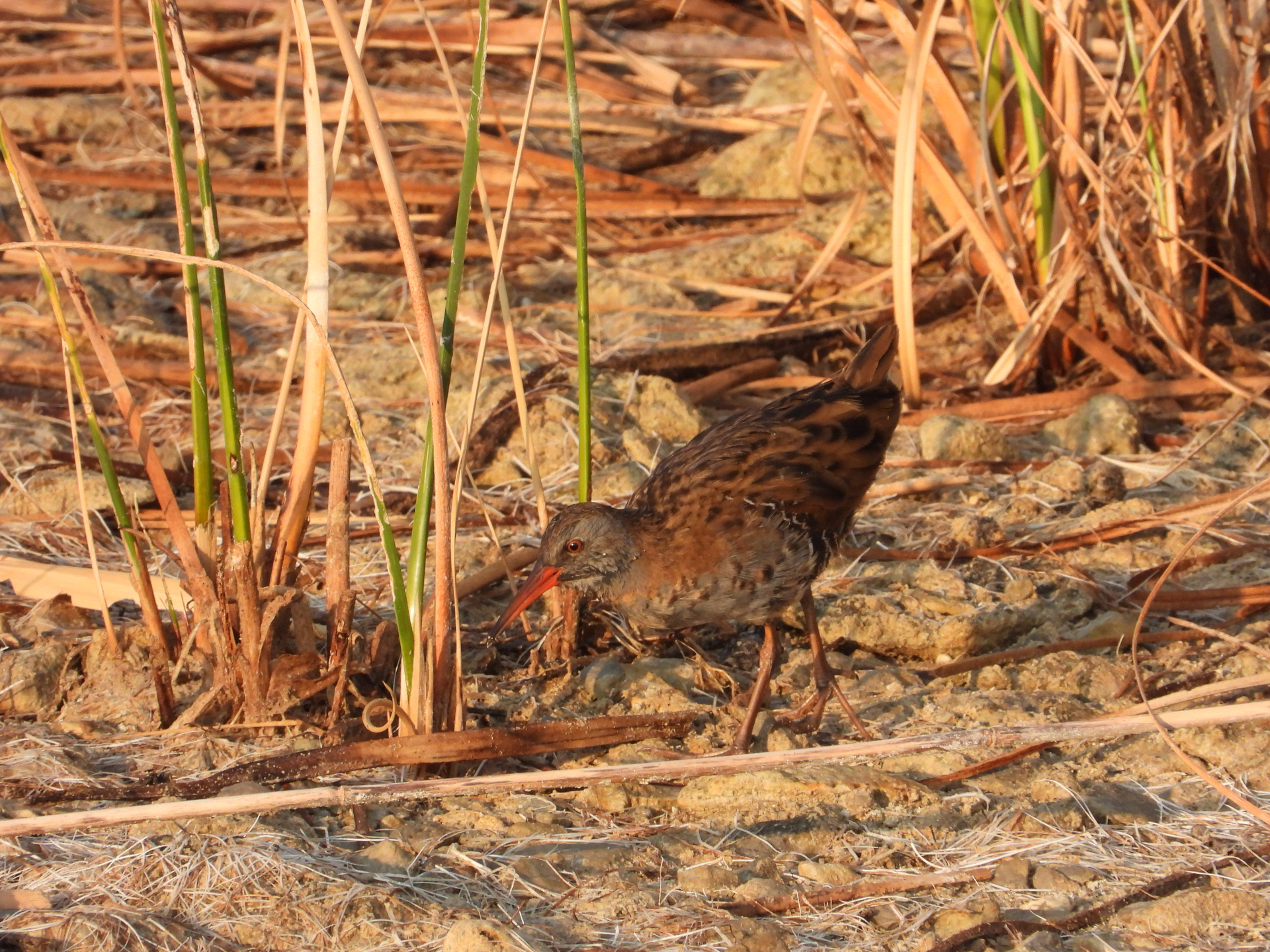
After exploring the Vransko lake, we are visiting the surrounging agricultural fields, where we are going to look for the elusive Common Quail and, much more cooperative European Roller! Other species should give us great views, like Red-backed Shrike, Eurasian Kestrel, Zitting Cisticola and Corn Bunting. If we are lucky, we will spot a Collared Pratincole and Lesser Kestrel as well!
Finally, we will have dinner at a local restaurant, as rest before heading for the night search of several species – Eurasian Eagle Owl and European Nightjar.
Day 3
Finally, a day birding on Pag island! Some birders consider Pag island one of the best birding places in Croatia, if not the best, location that rivals fishing ponds in continental part of Croatia and Neretva River delta in southern Croatia. During this day, we will visit several different hotspots, with numerous bird species. Many bird species come to the island and use it as a stopover site before their migration north.
Dinjiška saltpan, our first stop for the day, is the remanent of once very productive saline. After the breaking of the dam, salt production left the area, and now Common Redshank and Greenshanks can be seen here, among other wader species. Common Snipes hide among the rocks in the shallows, with Great Crested Grebe swimming in the deeper waters. Afterwards, only a couple minute drive away we will be going to Velo Blato. The largest marsh area in the island, it is a home to many Pygmy Cormorants, that occasionally use it as a breeding ground. At this time, we will keep our eyes sharp and try to spot Western Marsh Harriers, Eurasian Moorhen, and many different passerines that are hiding in the reeds. With a little luck, Little Owl will be on the stone wall waiting patiently so we can get some beautiful photos!
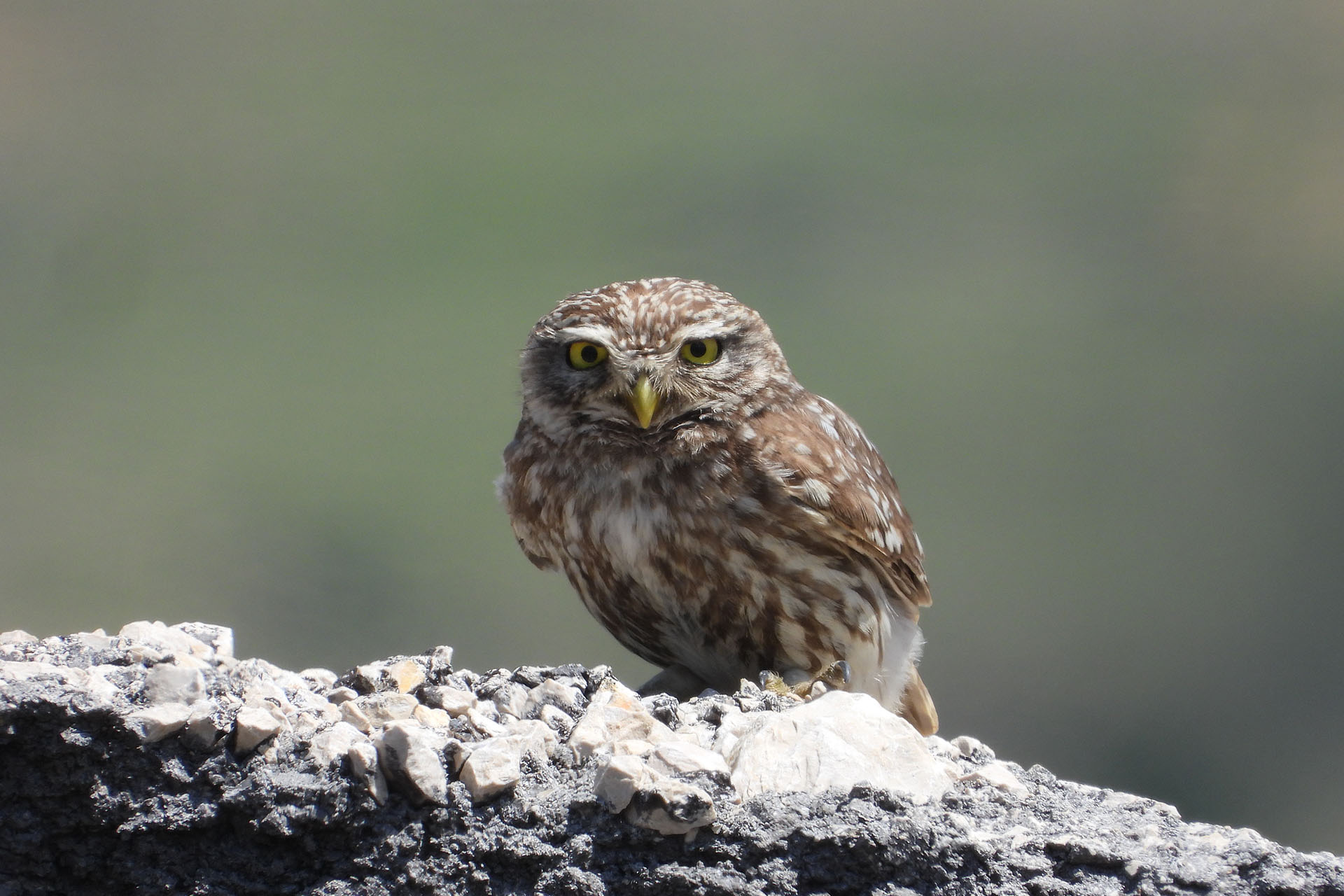
Continuing the day, we will visit Malo Blato and Košljun bay, with hopes of finding the Montagu’s Harriers that use the area as breeding grounds! After a short break for lunch, we will be heading towards Kolansko blato area, searching for new birds for the day and trying to find Spanish Sparrows, Woodchat Shrike and Corn Buntings. We will end the day by visiting Pag saltpans, another salina with (this time) active salt production. Common Shelducks and Northern Pintails, as well as many Black-winged Stilts that should be feeding and resting next to the dam, giving us some great photographing opportunities. Kentish Plovers should also be visible in the area, finishing their nesting and preparing for the chicks. Throughout the day, we will have plenty of opportunity to hear and see a Rock Partridge, as it has one of the greatest population densities in its range, and a regional endemic.
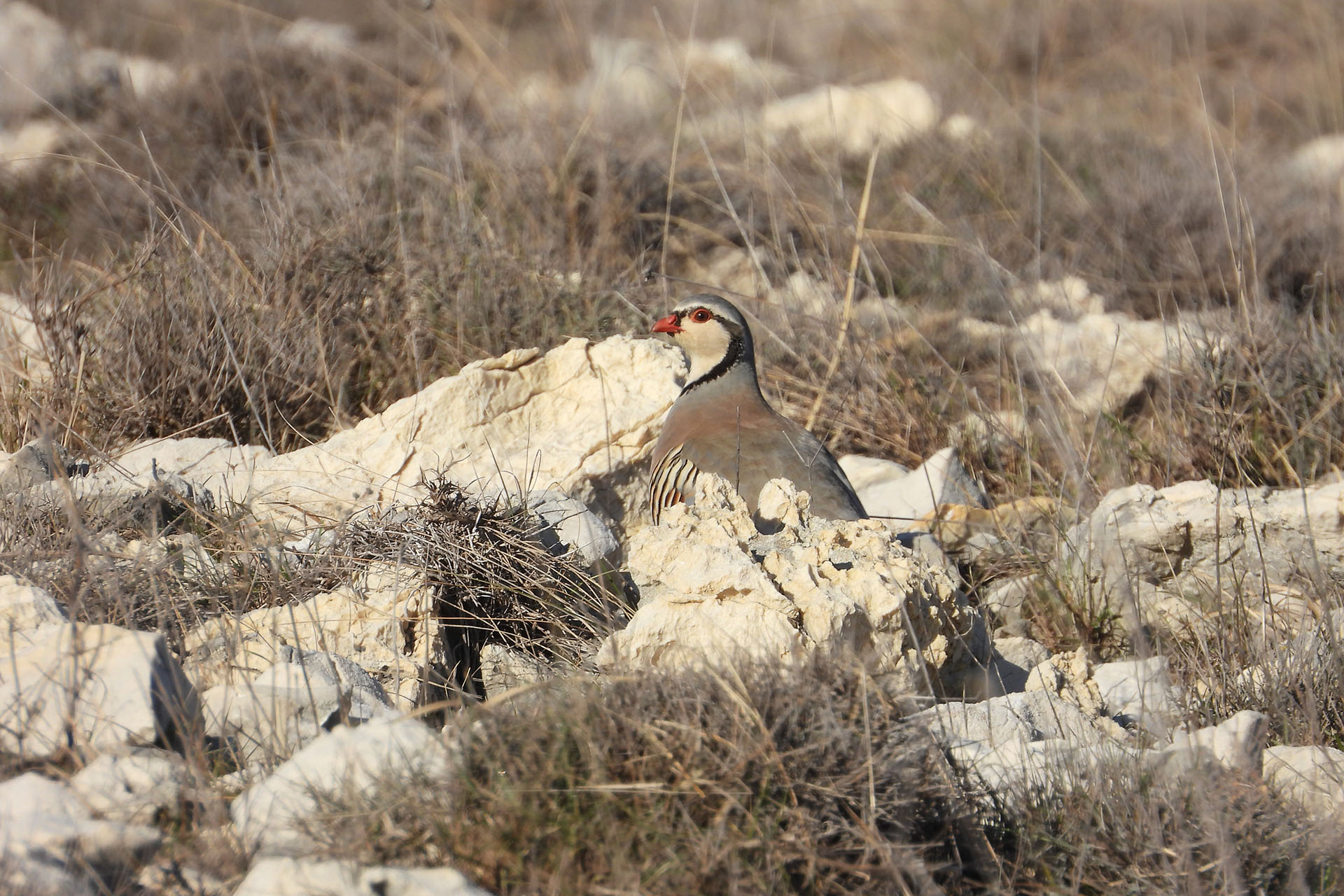
After the long day of birding, we will head to a local restaurant, and to our accommodation, to rest and prepare for our next day of birding!
Day 4
Northern Dalmatia lagoons and saltpans provide amazing birding opportunities. We will see Kentish Plovers coming to their breeding habitats, along with Black-winged Stilts and Common Shelduck, while Common Snipes and Little Stilts can be seen feeding in the shallow waters, refuelling for the further migration north.
Day 5
Picturesque canyons and cliffs of the Zrmanja River will blow you away. Gorgeous views from observation points, with many unique birds, such as Cirl Bunting, Eastern Orphean Warbler and Sombre Tit. Many trees and bushes are teeming with birds, many migrating through the area. Wood Warbler and Eastern Subalpine Warbler hide everywhere, but with the watchfull eye of your guide, you will see them and many more. Visit southern Velebit area and observe some of the birds of proper karst habitats, such as Western Rock Nuthatch and Eastern Black-eared Wheatear. Rock cliffs represent the perfect nesting habitats for Peregrine Falcon, Eurasian Crag-Marting and Golden Eagle. With just a little bit of luck, we will observe some of the harder to see birds, such as the Ortolan Bunting.
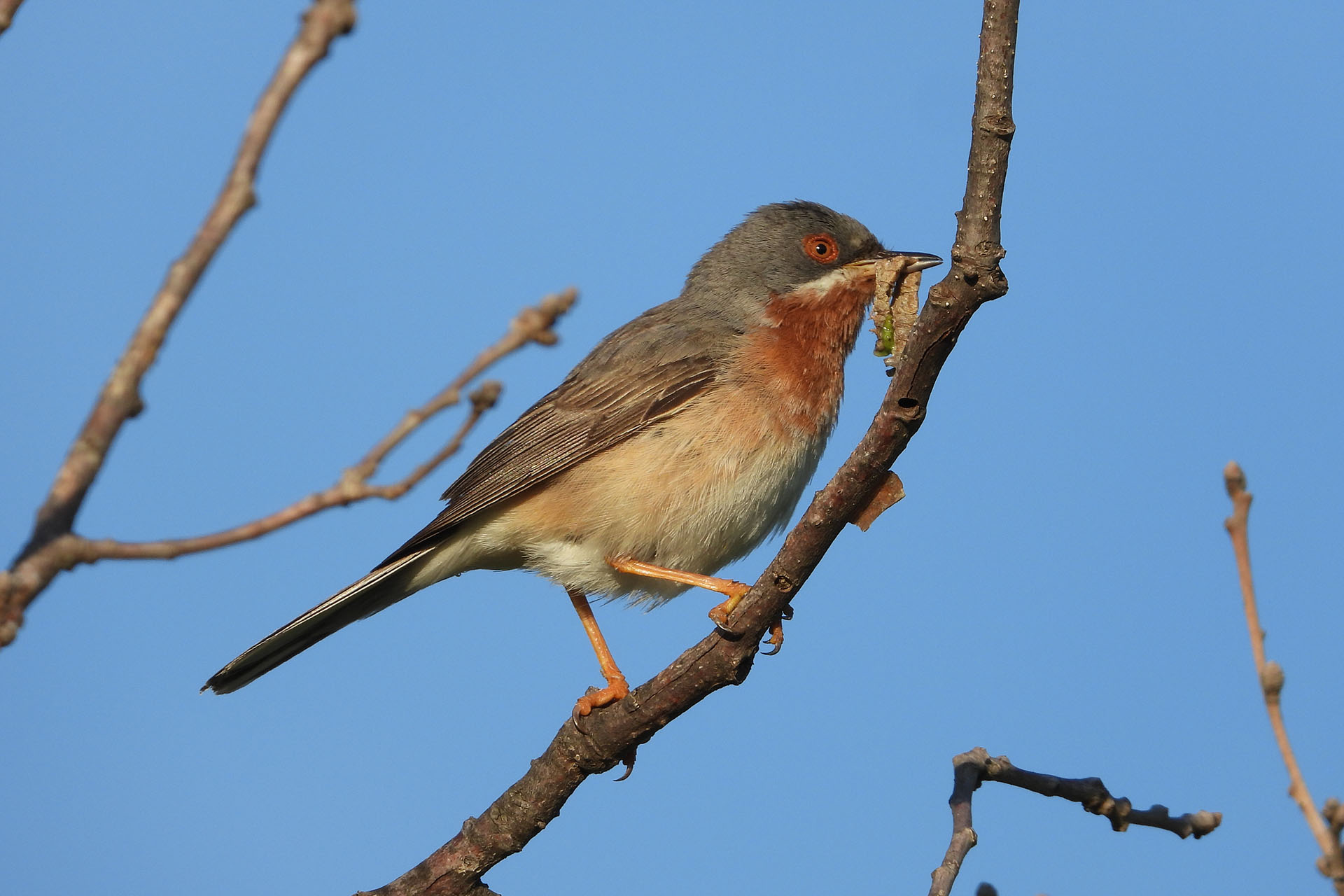
Day 6
Starting early morning, we are heading towards Krka National Park, another famous park in Croatia. While not that many waterfalls as in Plitvice lakes National Park, they are equally spectacular! Krka NP covers the river Krka and the canyon that the river carved out, from its source to the river mouth.
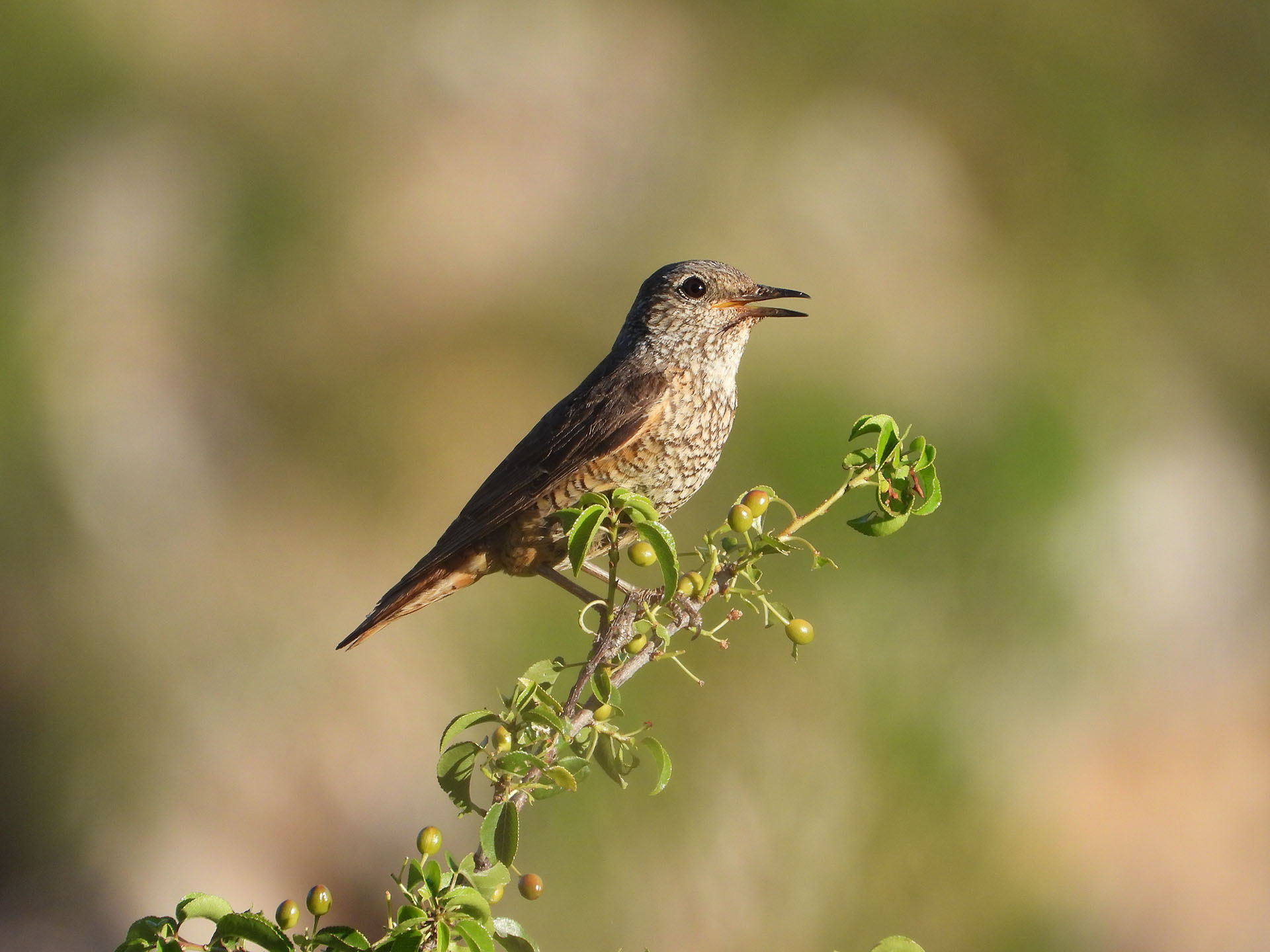
One of the first stops on this day will be on Mt. Svilaja overpass. One of the best places to observe some mountain species, like Rufous-tailed Rock Thrush, as well as Wood and Crested Lark, Northern Wheatear, Eastern Black-eared Wheatear and Woodchat Shrike. Continuing on our journey, we will visit Veliki Pod area, where we will look for Eurasian Thick-knee and Tawny Pipit. While it’s common everywhere we visit, Eurasian Hoopoe is fairly abundant in the area.
Day 7
In the stunning Neretva delta of Croatia, you will have the opportunity to observe a diverse range of bird species that call this unique wetland home. Our expert bird guides will lead you to the best hotspots in the area, providing valuable insights into the local birdlife and their habitats. You will have the chance to observe a variety of water birds, including the Great Egret, Little Egret, and Spoonbill. Many Pygmy Cormorants are in the area, with Zitting Cisticola singing from the tall grasses. In addition to these species, you can also observe several migratory birds that pass through the region, such as the Northern Wheatear and many waders.
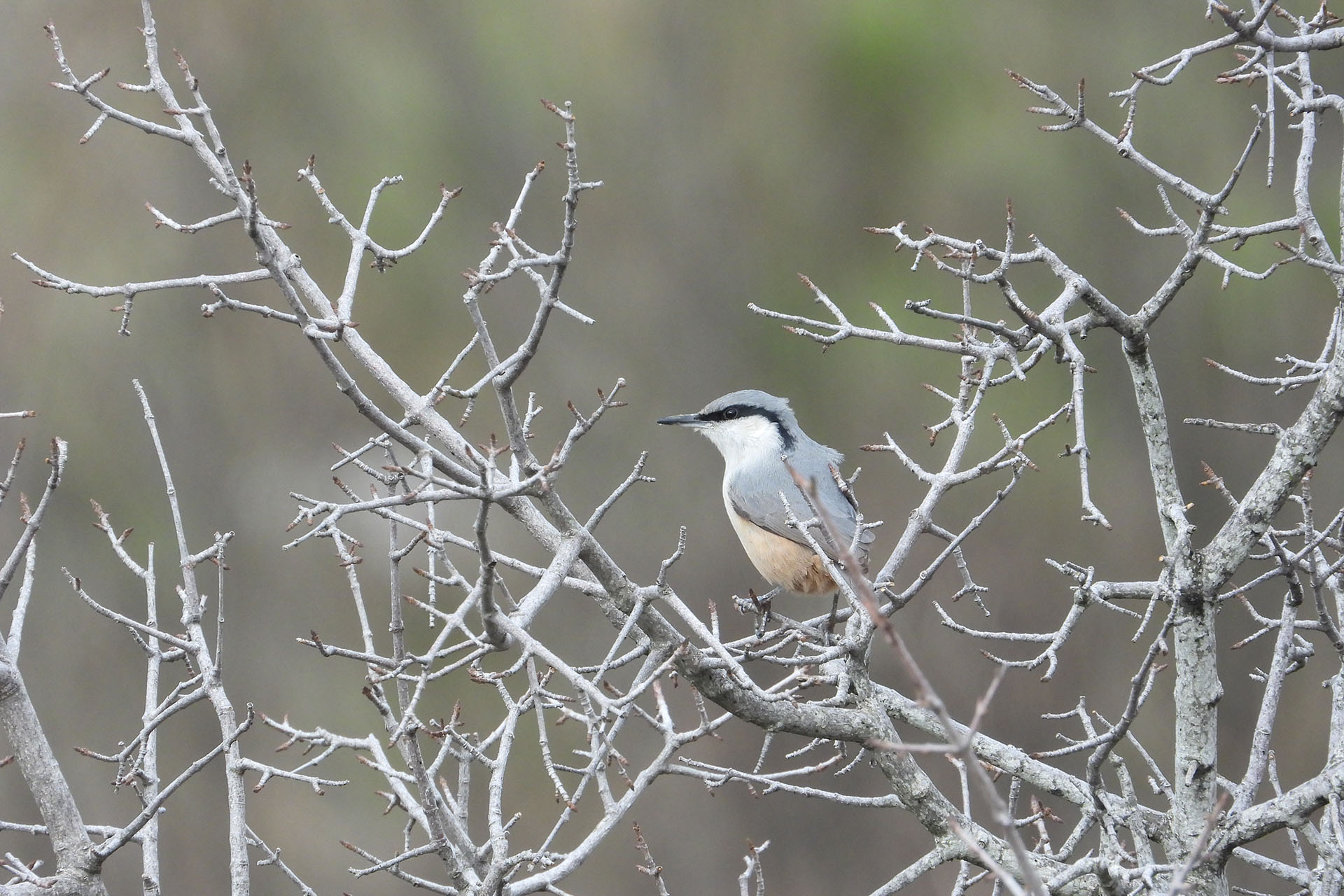
-
IncludedArrival transferDeparture transferTransfer to the birding hotspotsEntrance fees to National and Nature ParksProfessional guideIdentification field guidesSpotting scopeBreakfast and lunchAccommodation in 3-star hotel(s)
-
Not IncludedDinnerAdditional meals and beveragesTravel insuranceGratuitiesAdditional services not stated in "Included"

